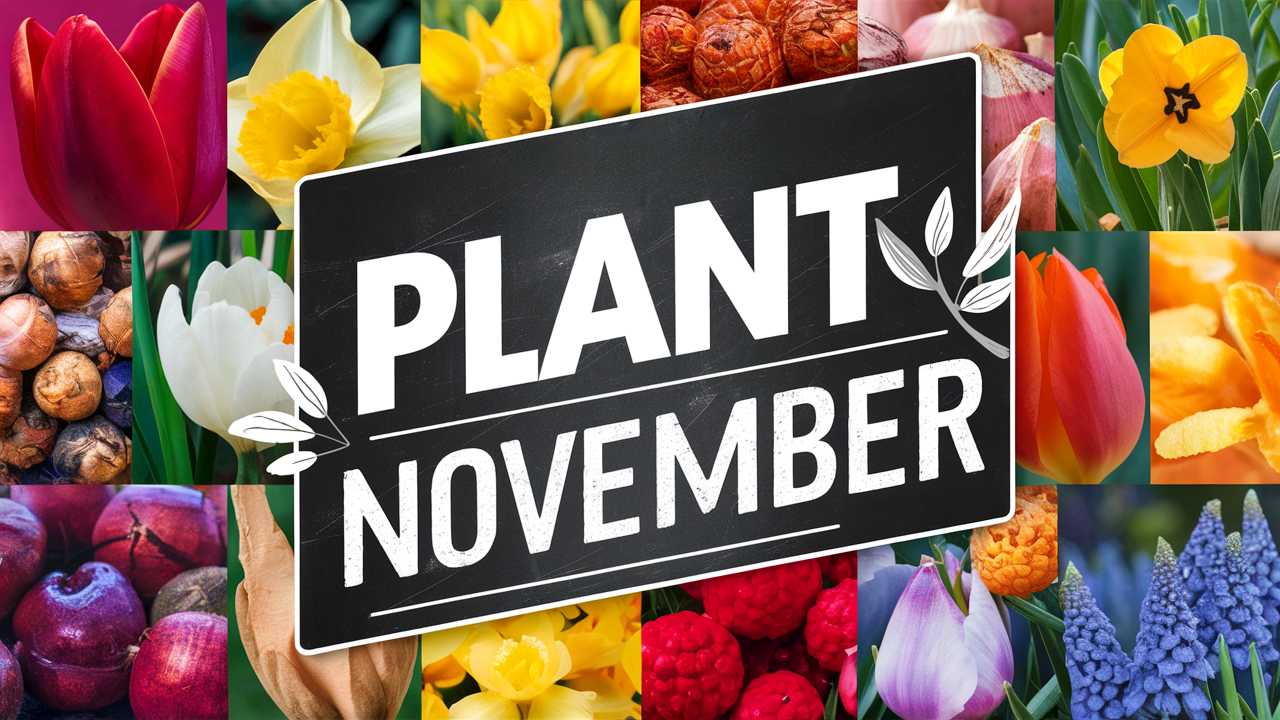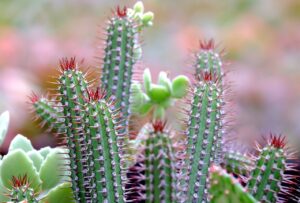Below, we’ll explores bulbs that can be planted in November, complete with crucial details about temperature tolerances, planting dates, and regional suitability.
Daffodils
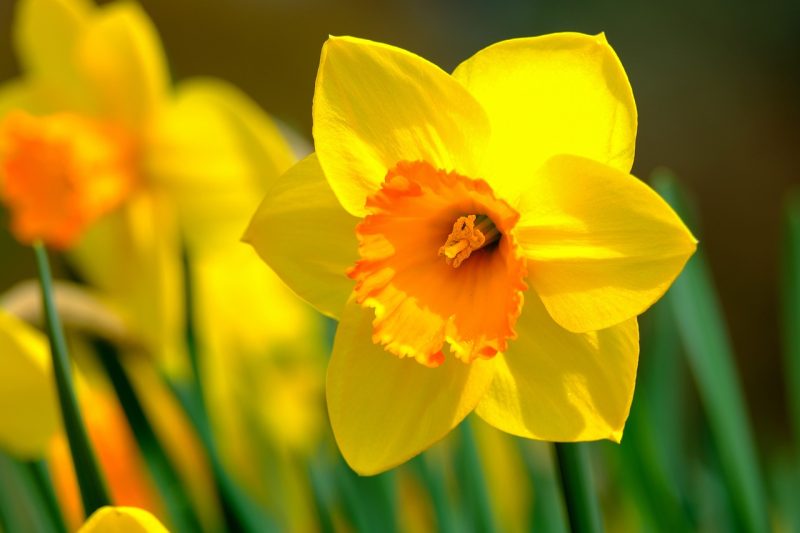
Daffodils, known for their bright, cheerful blooms, are a springtime favorite. These sturdy bulbs thrive in USDA zones 3-8 and prefer well-drained soil and full sun to partial shade. Ideally, they should be planted in November before the ground freezes but can remain in the ground for years, multiplying each season. They tolerate temperatures as low as -20°F (-29°C), making them resilient in colder climates. Daffodils emerge early in spring, providing a splash of color when most plants are still dormant.
Tulips
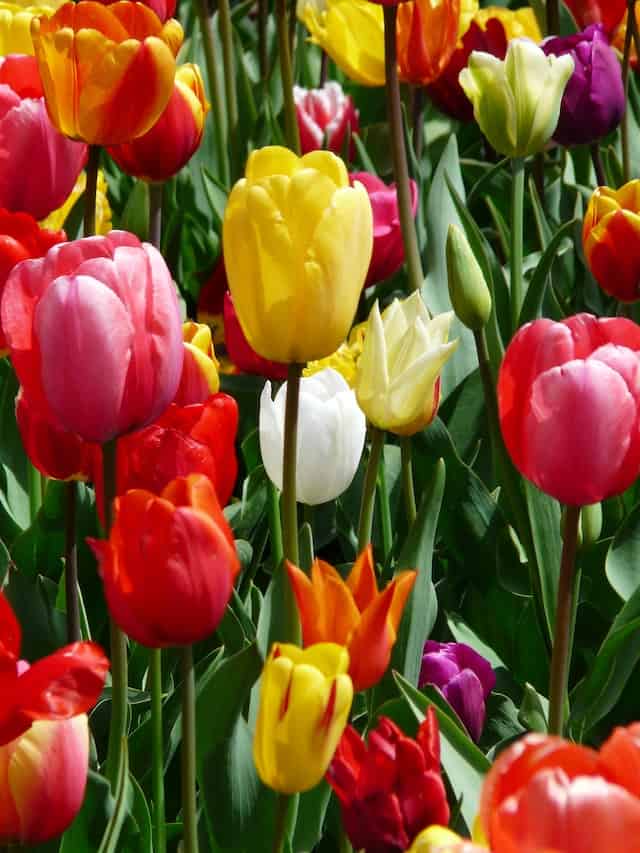
Tulips are iconic spring flowers that come in countless varieties. They flourish in USDA zones 3-7 and prefer cool, well-drained soils. November planting is optimal, particularly in areas where temperatures hover between 40°F (4°C) and 50°F (10°C), just before winter arrives. However, they do require a chilling period, so ensure the ground remains chilled after planting; tulips typically won’t survive temperatures below 5°F (-15°C). These beauties tend to retain their vibrancy, making them a top choice for spring gardens.
Hyacinths
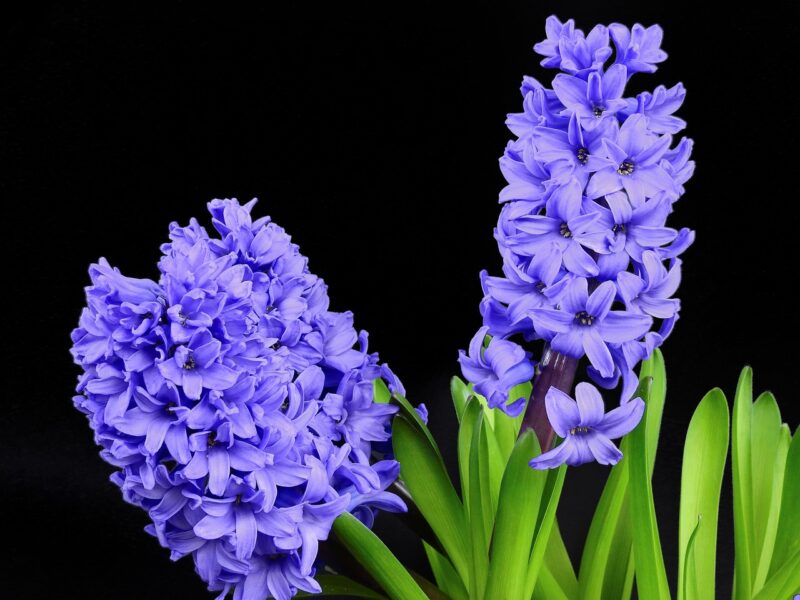
Hyacinths, with their clusters of fragrant blooms, are another November planting joy. They thrive in USDA zones 4-8 and appreciate well-drained soil and full sun. These bulbs require winter chilling, making November planting ideal across much of the country. They can tolerate temperatures as low as -10°F (-23°C) when planted correctly. Hyacinths will reward you with their sweet-scented flowers in early spring, attracting pollinators to your garden.
Crocus
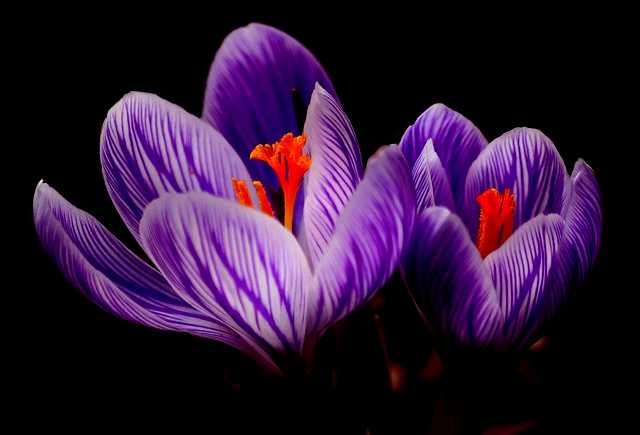
Crocus bulbs are some of the first flowers to bloom in spring, often breaking through the snow. They are suitable for USDA zones 3-8 and flourish in full sun to partial shade. Planting in November allows them to establish before the frozen ground. Crocus tolerates low temperatures, down to -20°F (-29°C), making them perfect for colder areas. Their early blooms provide excitement after a long winter, making them a close competitor for the title of first bloom of spring.
Allium
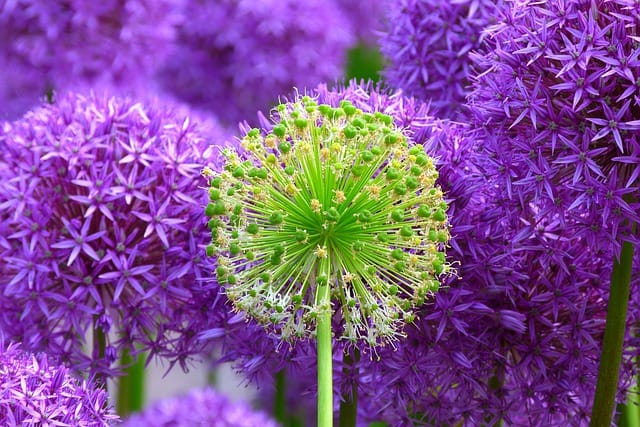
Alliums, with their unique globular flowers, bring structure to any garden design. They thrive in USDA zones 3-9 and typically prefer well-drained soil and full sun. Although November can be a bit late for planting in warmer zones, most areas can still plant them successfully. They are hardy up to -30°F (-34°C) and do best when planted before frost in well-excavated soil. Alliums bloom in late spring to early summer, adding height and drama to your garden.
Snowdrops
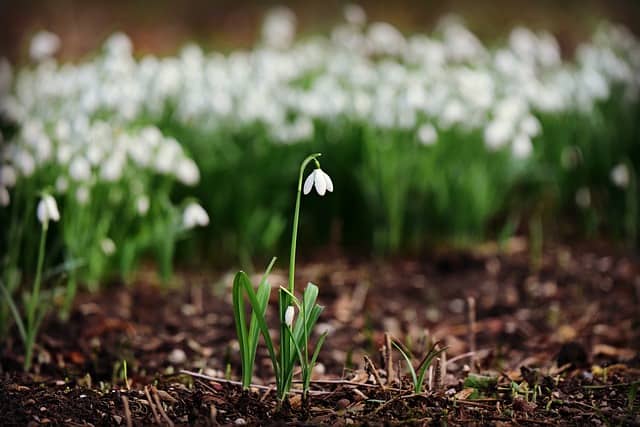
Snowdrops are enchanting little plants that often bloom while snow is still on the ground. Ideal for USDA zones 3-7, these bulbs prefer moist, well-drained soil and dappled sunlight. November is the perfect month for planting, as these bulbs can tolerate temperatures dipping down to -20°F (-29°C). Once planted, they will naturalize and multiply over the years, providing annual joy with their delicate white flowers in early spring.
Fritillaria
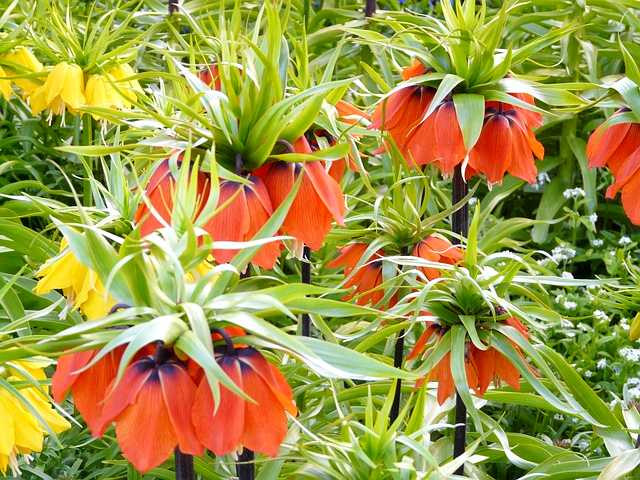
Fritillaria, known for their unique, checkered pattern and intriguing shapes, thrive in USDA zones 4-8. They flourish best in well-drained soil and full sun. November is an excellent time to plant them before the soil freezes, as they can tolerate cold temperatures, making them suitable for most regions. Fritillaria bulbs will display their fascinating blooms in mid to late spring, adding an exotic touch to your garden.
Iris
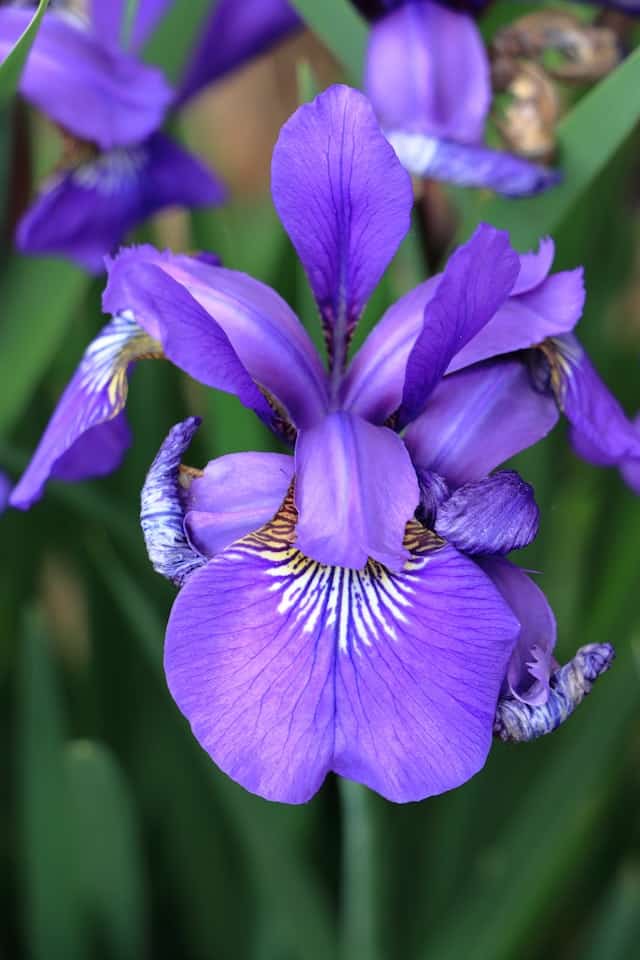
Iris can offer both early and late blooms in a variety of styles and colors. Most Iris thrive in USDA zones 3-9, with specific varieties tolerating different climate conditions. November planting is generally feasible, especially for bearded iris. They prefer well-drained soil and require adequate sunlight. Iris can survive in temperatures down to -30°F (-34°C), and their stunning blooms bring vibrant colors to spring.
Muscari
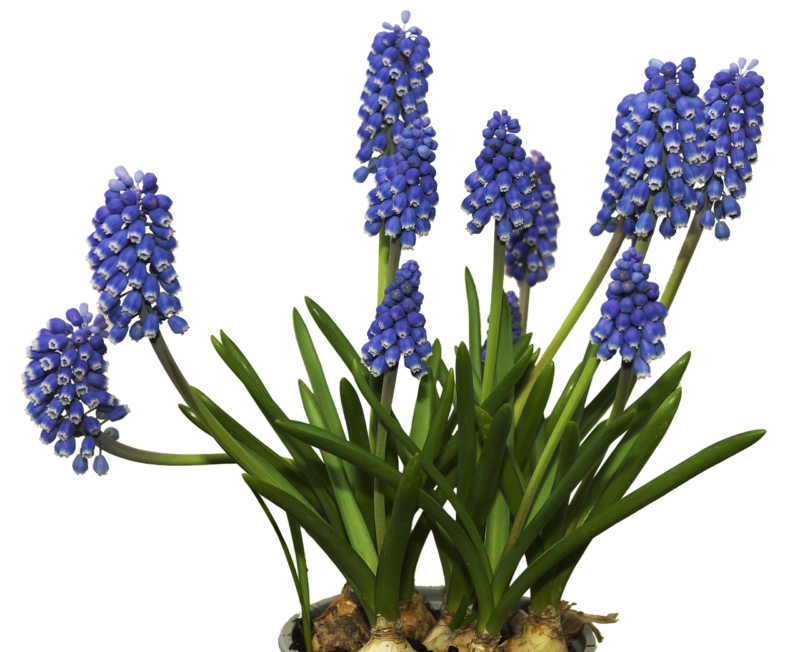
Muscari, or grape hyacinths, are beloved for their charming, grape-like clusters of flowers. They are hardy in USDA zones 3-9, thriving in well-drained soil and full sun to partial shade. November is an appropriate time for planting these bulbs, as they can tolerate freezing temperatures down to -20°F (-29°C). Muscari blooms in the early spring and can spread to create lovely carpets of blue, purple, or white.
Anemone
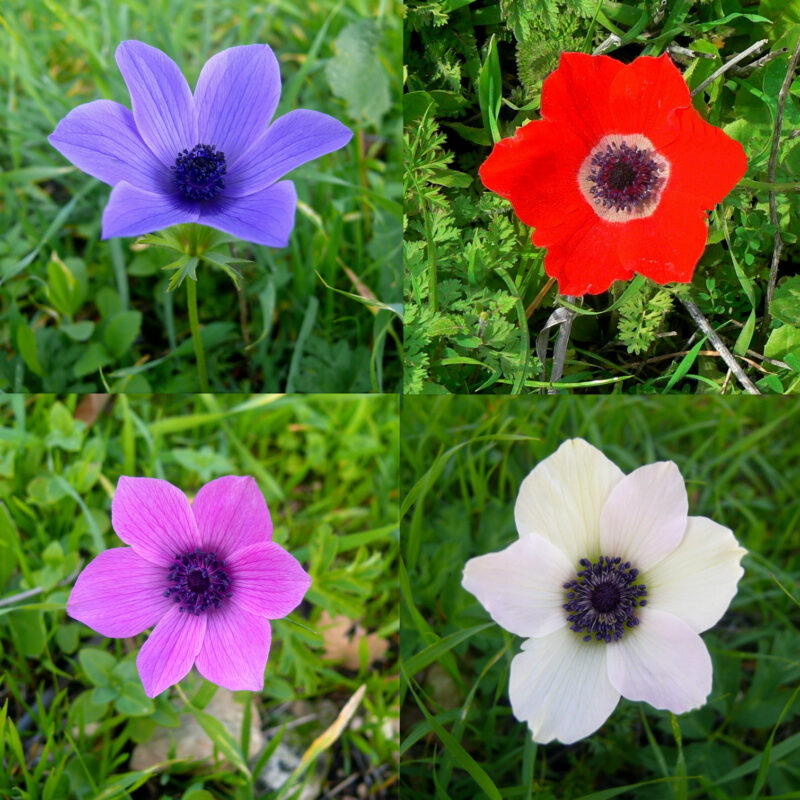
Anemone bulbs are often overlooked but can be beautifully rewarding when planted in November. They thrive in USDA zones 4-8 and prefer well-drained soil and dappled sunlight. November is a great time to plant anemones, particularly the fall-planted annual types. They can tolerate temperatures down to 10°F (-12°C). Anemones often bloom in late spring to early summer, offering a rare splash of color after similar seasonal flowers.
Camassia
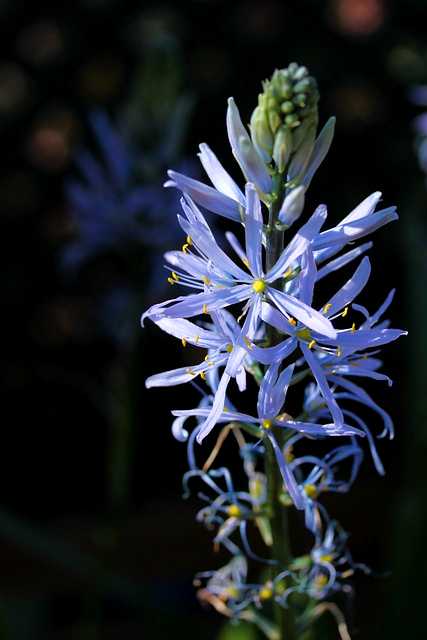
Camassia, or camas lily, is a lovely option that thrives in USDA zones 3-9. These bulbs prefer moist, well-drained soil and full sun, which is essential for healthy blooms. November planting gives them time to establish roots before winter sets in. They can survive down to -20°F (-29°C), making them excellent candidates for cooler climates. Camassia blooms in spring, showcasing striking blue or purple flowers that attract pollinators.
Begonia
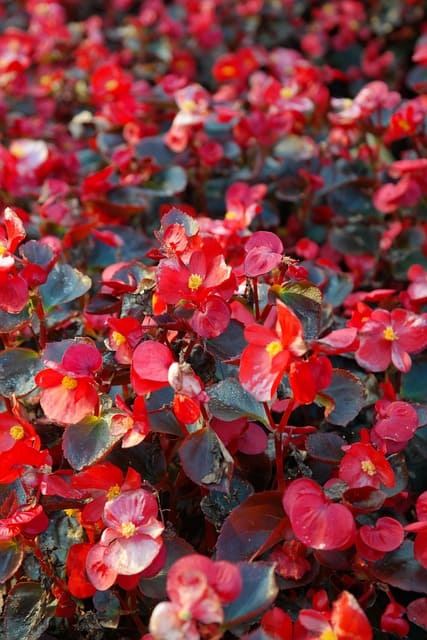
While usually considered a summer bloomer, certain types of begonia bulbs can be planted in November in mild climates, particularly in USDA zones 8-10. They thrive in well-draining soil and prefer some shade. However, regions that experience frost should be careful, as the temperature must remain above 35°F (2°C) for them to thrive. With proper care, begonia flowers will provide colorful displays from spring through fall.
Liatris
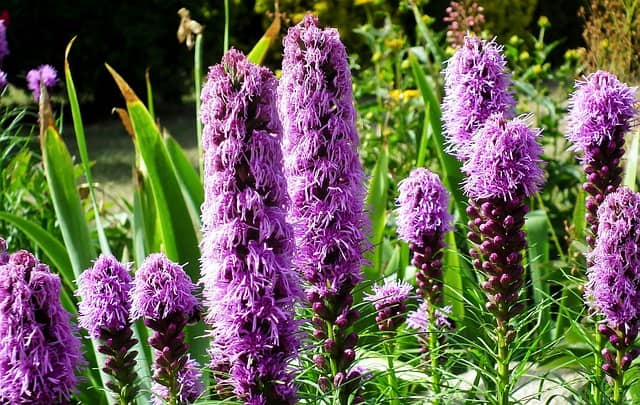
Liatris, also known as blazing star, is a distinctive perennial that thrives in USDA zones 3-9. These hardy bulbs prefer well-drained soil and full sun. Planting in November is often suitable, as they can withstand cold temperatures down to -30°F (-34°C). Liatris blooms in late summer, attracting butterflies and adding vertical interest to your garden.
Aconite
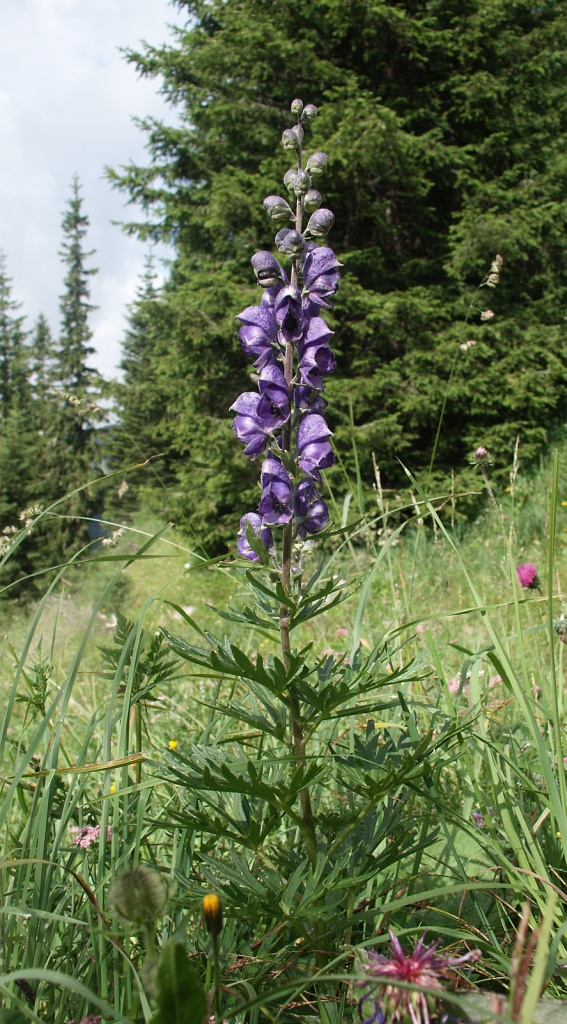
Aconite, or monkshood, is an interesting option that flowers in late summer to early fall. Suitable for USDA zones 3-7, aconite prefers rich, well-drained soil and partial shade. Plant them in November when the ground has begun to cool, keeping in mind that they can tolerate temperatures down to -30°F (-34°C). Their striking blue and purple blooms can bring unexpected beauty to your fall garden.
Tuberose

Tuberose, known for its fragrance, thrives in USDA zones 7-10. They flourish best in well-drained soil with full sunlight. November is generally too late for planting tuberose in cooler climates; however, in mild regions where frost is rare, you may still experience success. These delicate bulbs prefer temperatures above freezing (ideally above 50°F/10°C). With proper care, tuberose produces tall spikes of fragrant white flowers in the summer.
Nerine
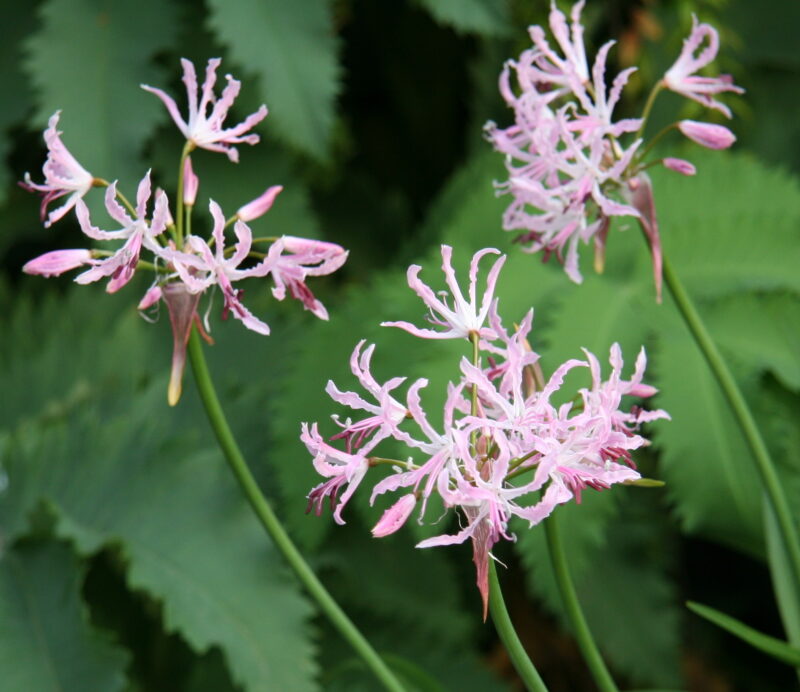
Nerines are stunning, often referred to as storm lilies. They thrive in USDA zones 8-10, preferring well-drained soil. For many areas, November may be too late for planting, especially in cooler climates where the ground freezes. However, for warmer zones, these bulbs can tolerate temperatures above 30°F (-1°C). They bloom in late summer with bright, eye-catching colors, adding joy to any garden.
Calla Lily
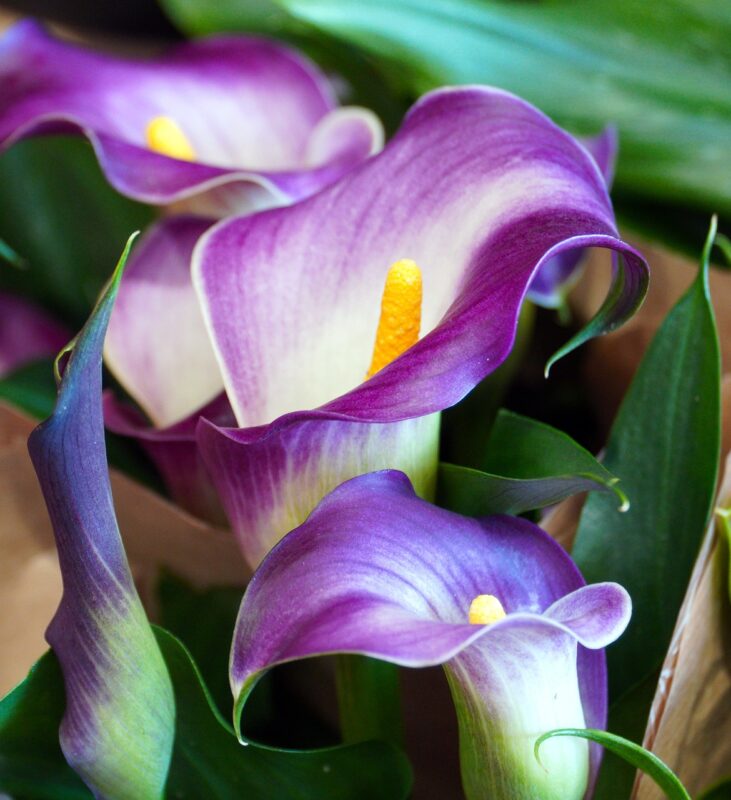
Calla lilies, elegant and minimalistic, are adored for their unique shape. They thrive in USDA zones 8-10 and prefer well-drained soil in full sun. For most regions, November is not the ideal planting time, as frost or cooler temperatures can harm the bulb; they do best in warmer climates. If planted correctly, calla lilies will bloom beautifully the next spring, showcasing their trumpet-shaped flowers.
Gladiolus
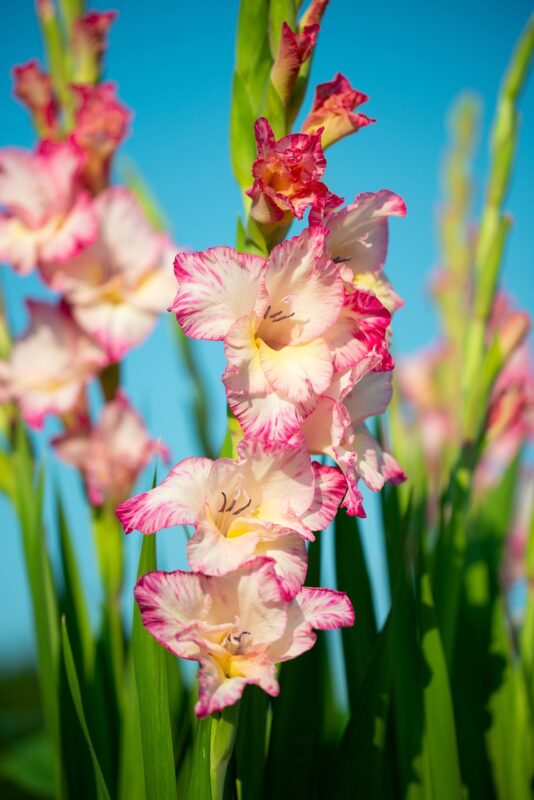
Gladiolus is a popular summer-blooming bulb that does not typically thrive when planted in November, especially in colder regions. Applying to USDA zones 7-10, these bulbs like well-drained soil and full sun. While they won’t survive if planted in November in frost-prone areas, late-winter or early-spring planting in milder climates leads to vibrant blooms that shoot up into the late summer sky.
Dahlia
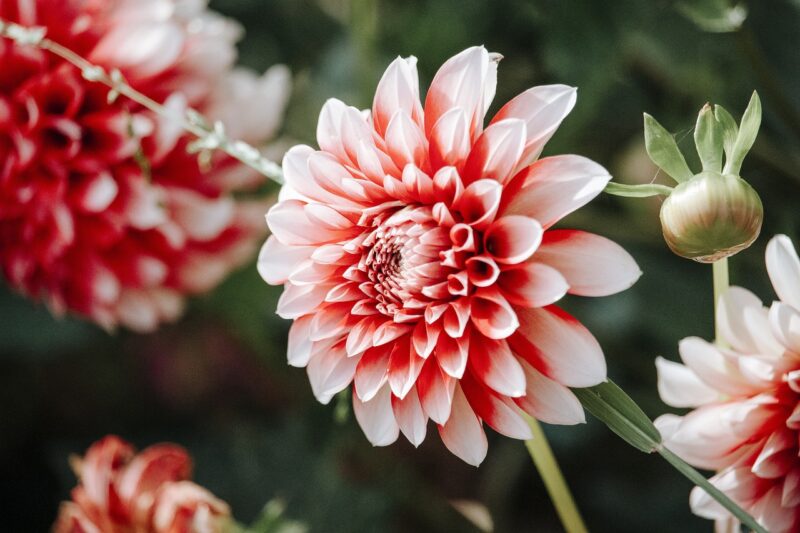
Dahlia bulbs require warm soil and thrive in USDA zones 8-11. November is not a time for planting in most areas, especially where frosts occur, as dahlias do not tolerate freezing conditions well. In warmer climates, they may be planted slightly earlier in the fall, but they are typically started indoors and transplanted later. Dahlias flourish under full sun, offering stunning blooms in late summer and fall.
Gladiolus Byzantinus
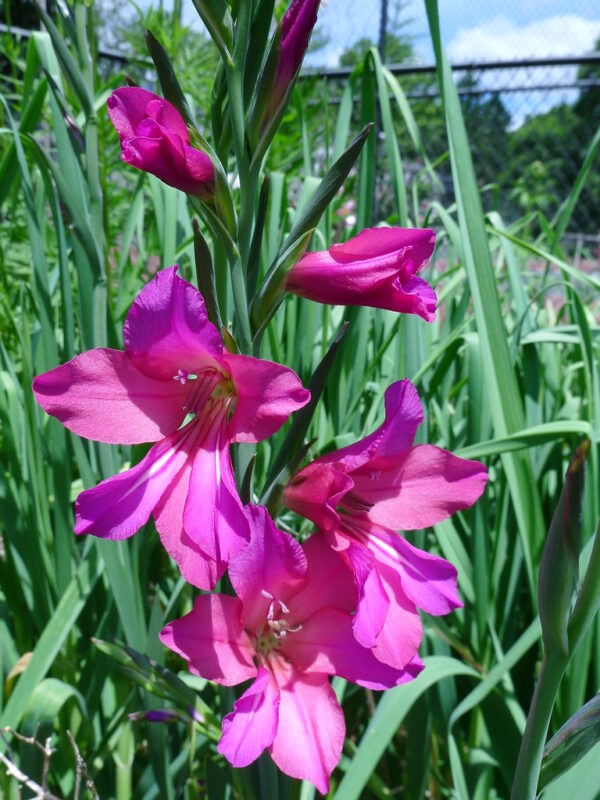
Also known as Byzantine gladiolus, these plants are resilient and can tolerate USDA zones 6-10. They thrive in sandy, well-drained soils with ample sunlight. While November is generally not optimal for planting because of winter cold, they can survive slightly low temperatures in warmer regions. These elongated blooms provide unique vertical flair and come out in late spring to early summer.
Canna Lily
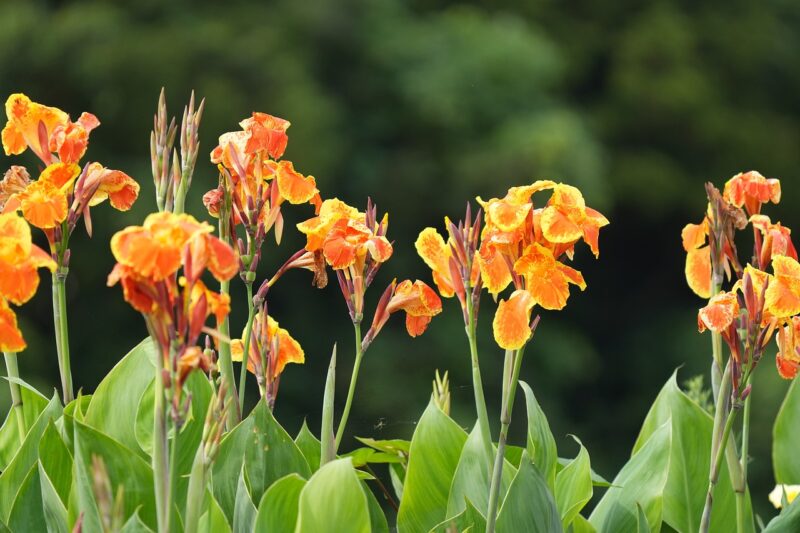
Canna lilies are a fantastic choice for tropical and subtropical regions, specifically USDA zones 7-11. They enjoy well-drained and nutrient-rich soil, thriving in full sun. Although they can’t be planted in November in frost-sensitive regions, they are perfect for areas that stay mild. Their brash, vibrant colors bloom throughout the summer, creating a dramatic focal point in your garden.
Scilla
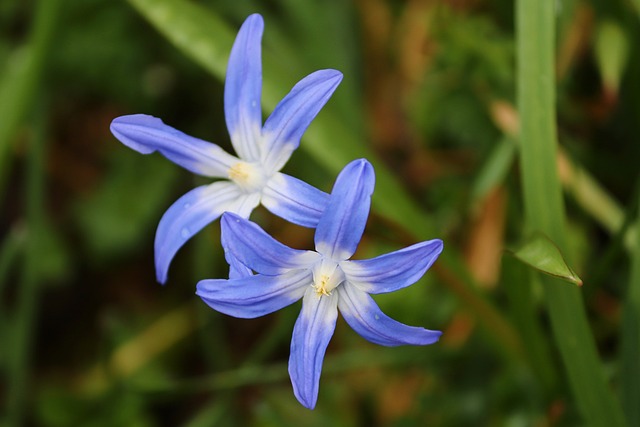
Scilla, or squill, produces delightful small flowers in spring and is suitable for USDA zones 3-9. They prefer well-drained soil and will do well in sunny to partially shaded areas. November is an excellent time for planting in almost all regions where winter temperatures remain moderate. Utilizing little care, scilla bulbs tolerate temperatures down to -30°F (-34°C). Among the first to bloom, they herald the onset of spring with their delicate blue flowers, instantly providing cheer.
Summer Snowflake
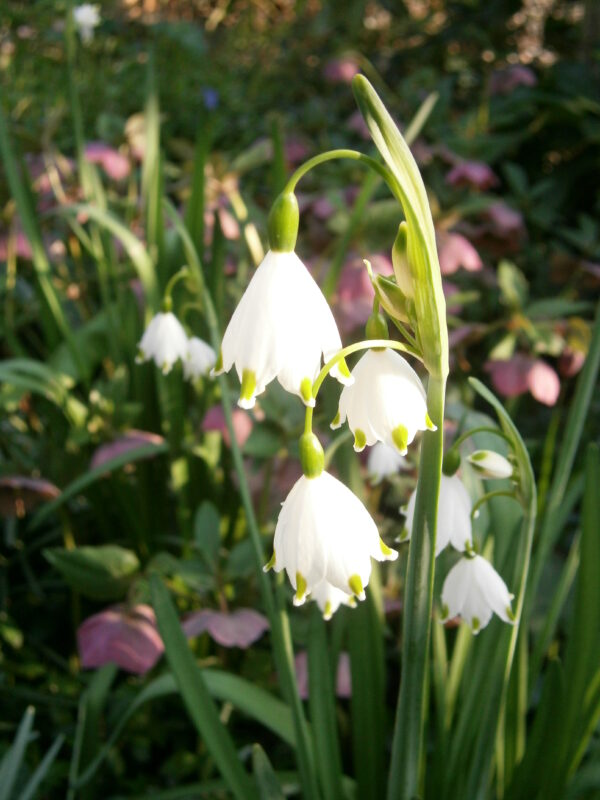
Summer snowflake bulbs provide thrill with snowdrop-like blooms that appear in spring. They thrive in USDA zones 4-8, preferring moist, well-drained soil and full sun. November planting is viable as they can withstand cold temperatures down to 0°F (-18°C). This unique plant brings additional interest, with striking white flowers adding texture and color to the early spring landscape.


